Barrell Craft Spirits: The Blend is Where the Magic Is.
If you look at any credible ranking of the top American whiskeys, you'll see many entries from Joe Beatrice's company, Barrell Craft Spirits. Barrell is primarily a blender, not a distiller. After a fruitful career as an entrepreneur in marketing and technology, Beatrice founded Barrell in 2013. One of the first new media businesses to assist other businesses in marketing and expanding online was his Blue Dingo Digital. He has always been motivated by fresh ideas, according to his bio on the Barrell website.
Throughout his thirty years of homebrewing, Beatrice was captivated and perplexed by his inability to consistently produce a particular style.
Despite the criticism they get, professional brewers recognize that the capacity to replicate indicates near-savant level skills. Large brewers like Anheuser-Busch developed a brand on their ability to re-create their well-known flavor profile year after year.
Although Scotland and Japan both have long traditions of whiskey blending, Beatrice's approach was unquestionably novel in 2013.
Barrell now distinguishes "blended whiskey" from "blending with whiskey," as blending in the U.S. previously meant combining whiskey with neutral grain alcohol, which accomplishes nothing positive for the flavor profile.
The Artistry Behind Blending
Barrell Craft Spirits is not a distillery, which is another unexpected decision given that Louisville, Kentucky, is where they are located, but Beatrice wanted to do something that was extremely out of the ordinary. He sought out the finest whiskeys on the market with the intention of blending them to produce distinctive and mouthwatering flavor profiles. 65 suppliers from several states, including Alabama, Colorado, Indiana, Kentucky, Maryland, Tennessee, Texas, and Wyoming, are currently employed by the business. They furthermore buy from Canada.
"When we're done, our batches may have as many as six components," he explained. "By 'component,' we mean a microblend of numerous barrels of bourbon." "We select representative samples from the barrels, which we combine to achieve the desired result. When we mix to scale, the math typically transfers, but occasionally we make adjustments. Questions about the process are inevitable when a company like Barrell sources and blends whiskeys from so many different manufacturers. How much of our blends is luck and how much is deliberate action is one of the most frequent queries we receive, according to Beatrice. "We intentionally do all we do. We approach each new batch by tasting through the prior batches and blindly tasting all the barrels.”
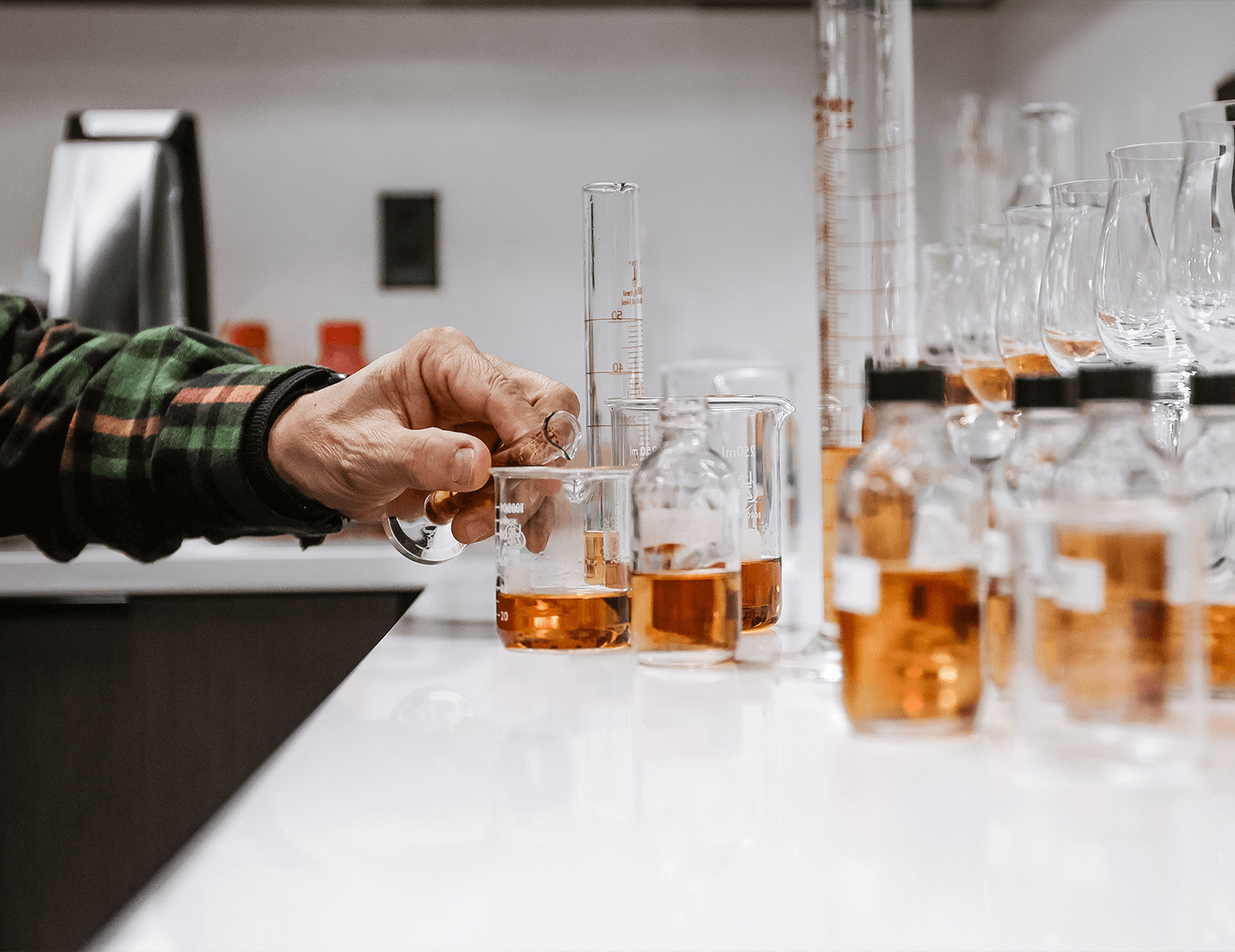
Beatrice was aware that it would be challenging to consistently reproduce a flavor profile for a certain whiskey year after year based on his experience as a homebrewer. Beatrice said, "Replication is not an easy process. "We keep very thorough records, but even so, modifications must be made as we go along. In the end, we guarantee that the buyer will receive quality—not uniformity—in the bottle.
Seagrass is a great illustration of how intricate the process may be. It appears to be a combination of Canadian and American rye whiskey. But each whiskey is finished independently in one of three distinct barrels, including Madeira, apricot brandy, and Martinique Rhum Agricole. Flavor, mash bill, char levels, source, and barrel finish are all taken into account when blending. Consider a database or huge matrix that has all the specific details they have on each whiskey. The data gives a general idea of what to anticipate, but the blend tastings give the team the specific information and hands-on experience they need to make an informed decision. Nothing leaves the team's final bottling unless they absolutely adore it.
“Blending is not just dumping barrels together,” Beatrice said. “We start with much smaller quantities and then blend toward a goal. It’s very meticulous, and it has an end in mind. We know we’re not going to get the same product in the bottle every batch, and that’s fine, because it’s still delicious and of the quality our customers have come to expect.”
Like a Fine Wine, You Can’t Age Away Flaws
The best comparison would be to high-end wines like Chateauneuf-du-Pape or Burgundy. It's not Diet Coke, therefore it doesn't taste the same year after year.
To put it another way, there is a flavor wheel that guides our purchasing decisions within a set of constraints. Even though there are little differences in fragrance and flavor from one vintage to the next, Burgundy still tastes like Burgundy.
And Beatrice only purchases the finest whiskeys on the market, exactly like great wine. He said, "Flaws don't go away with age. They won't mix away. We've tried to hide the flaws in test mixes, but they still show through, so we're devoted to partnering with the top distilleries to supply the finest ingredients for our batches.
Dovetail, a whiskey created to accentuate some of Beatrice's barrel finish characteristics like Napa Cabernet, blackstrap molasses, and late-bottled vintage port, is one of those exquisite combinations. If you tasted any of the ingredients separately, you would reasonably wonder how they managed to achieve the desired result because it seems more magical than scientific. However, that is the point of all the data, tasting, and barrel finishes—they use 96 different finishes, in total. The end result is surprisingly round and buttery, exactly what the team was aiming for.
Barrell whiteboards every idea and asks, "What are we trying to accomplish? "
Their dedication to providing quality at barrel strength as well as their devotion and attention to detail have paid off. If you purchase a bottle, you can start with the barrel-proof and then add water to get the desired sipping strength.
The consumer is at the forefront of the entire operation, and that is evident in every delectable batch.




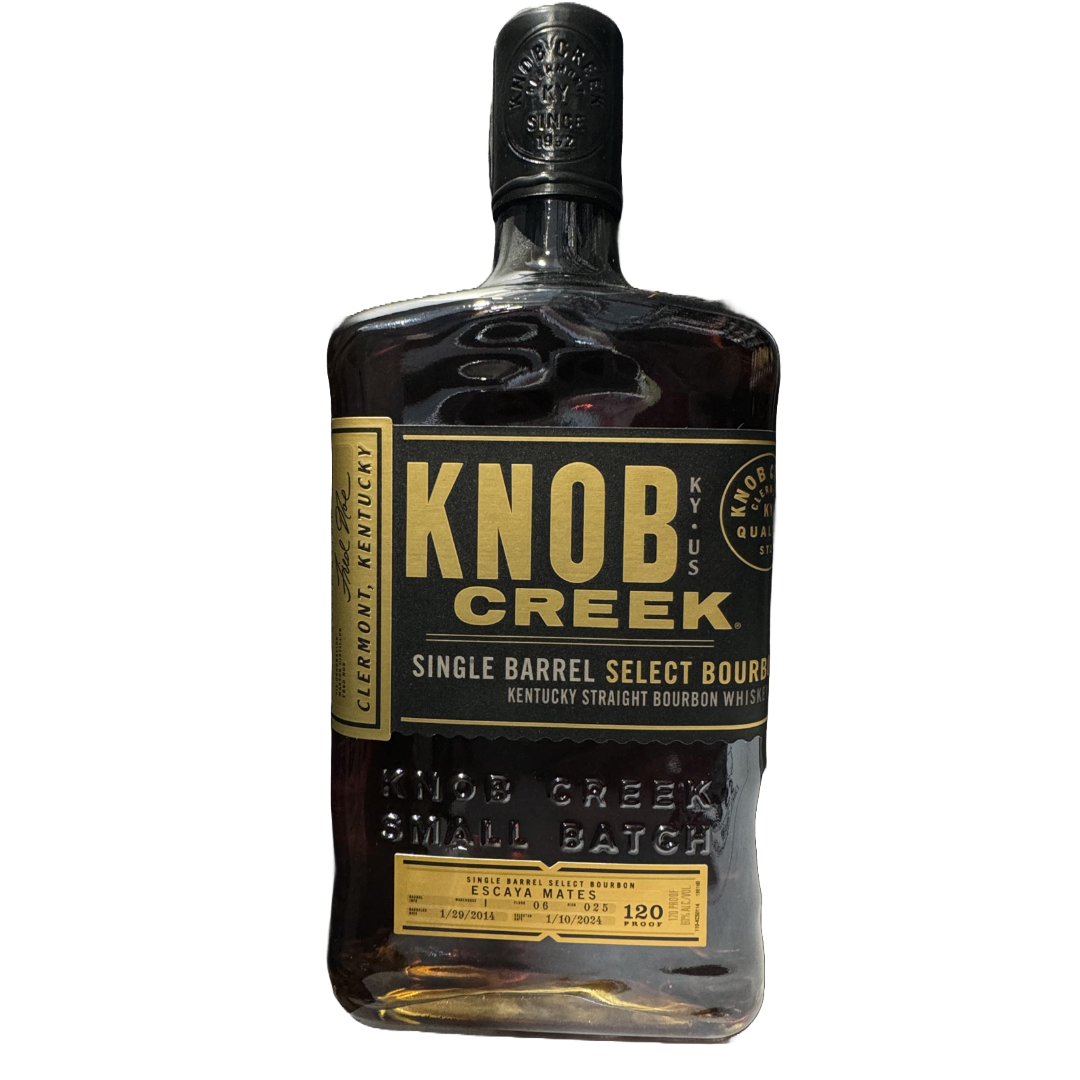
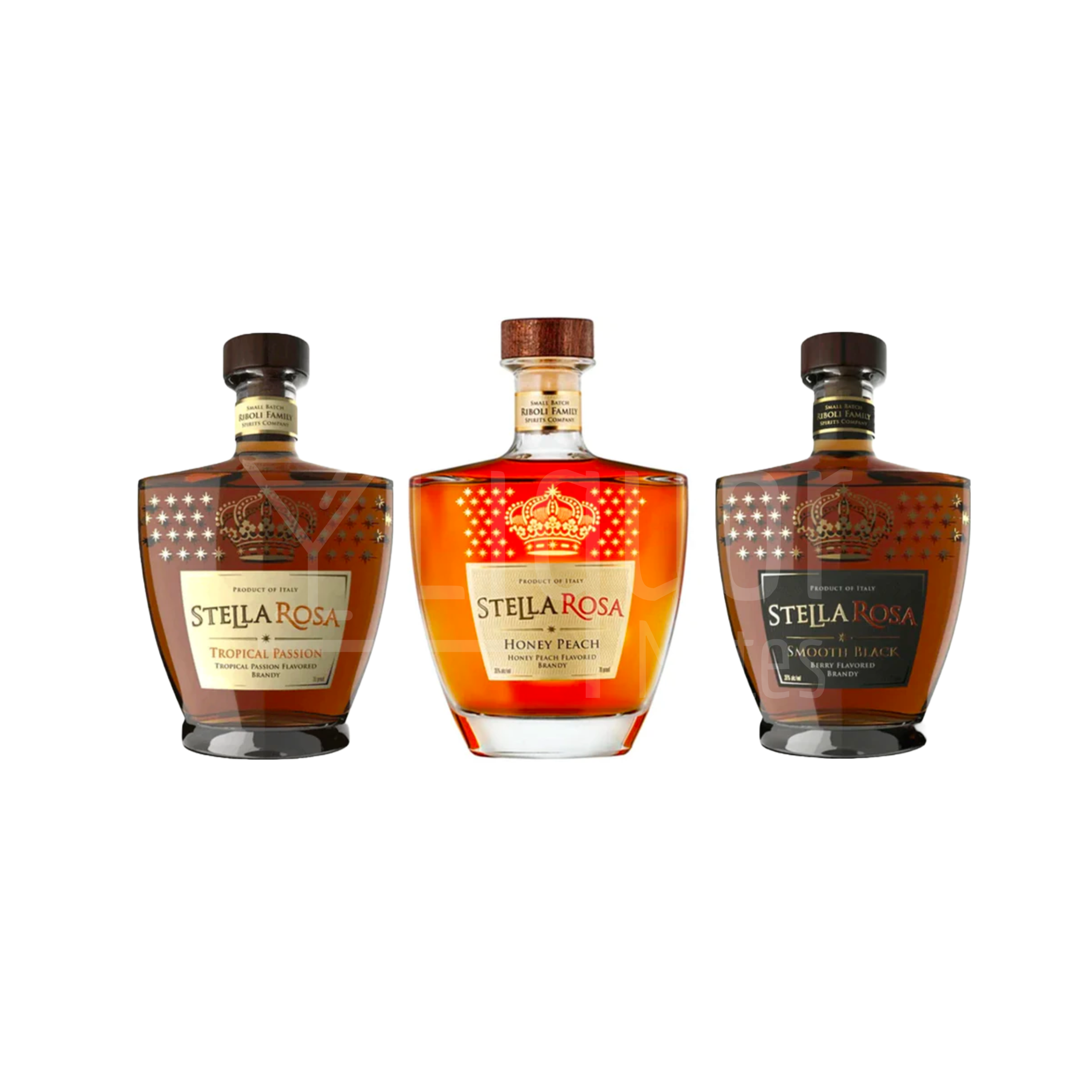
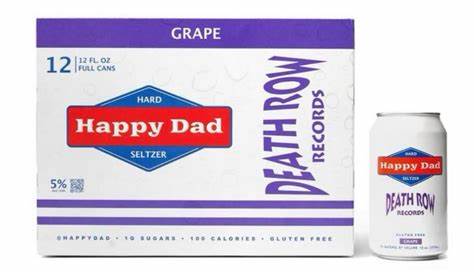
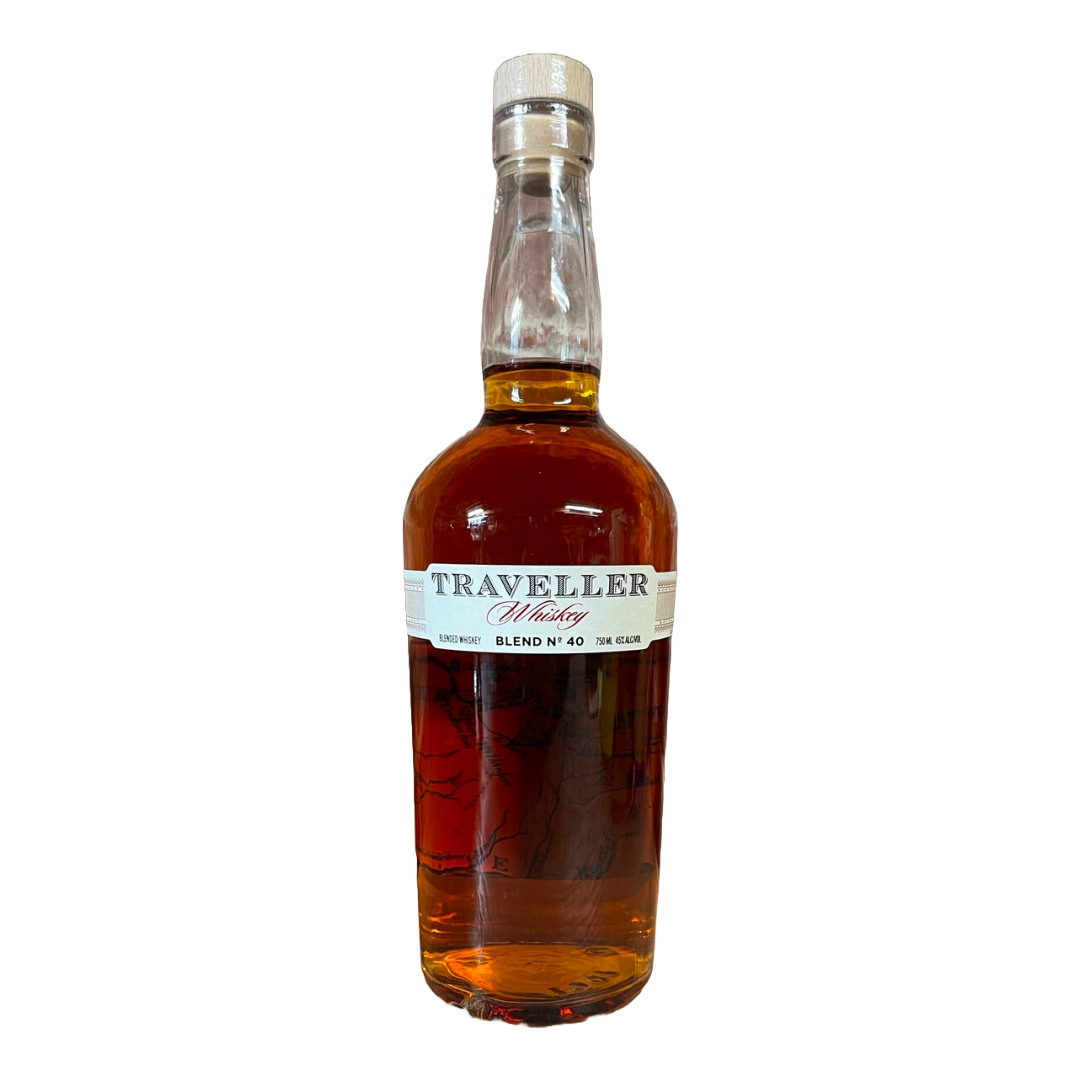
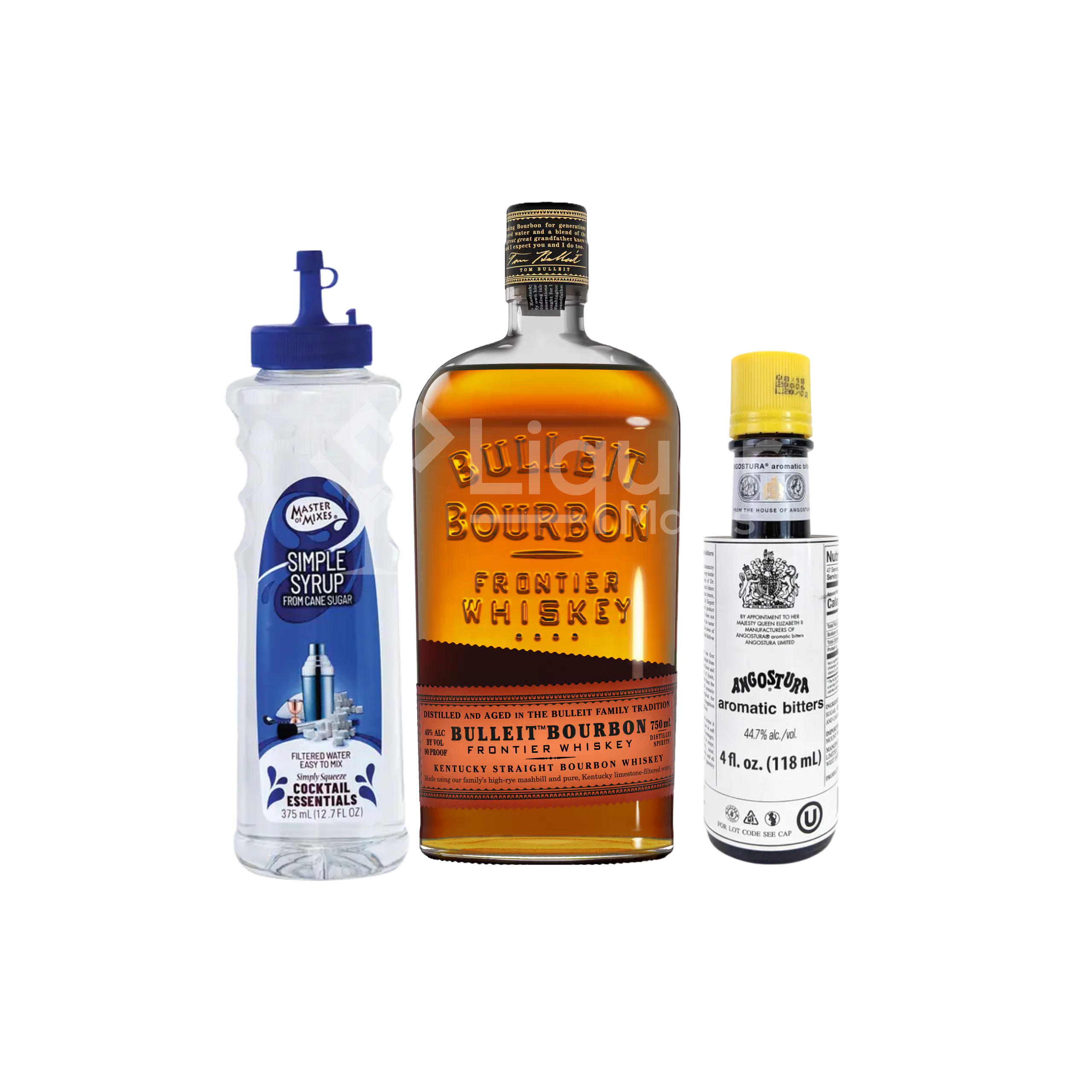
Leave a comment